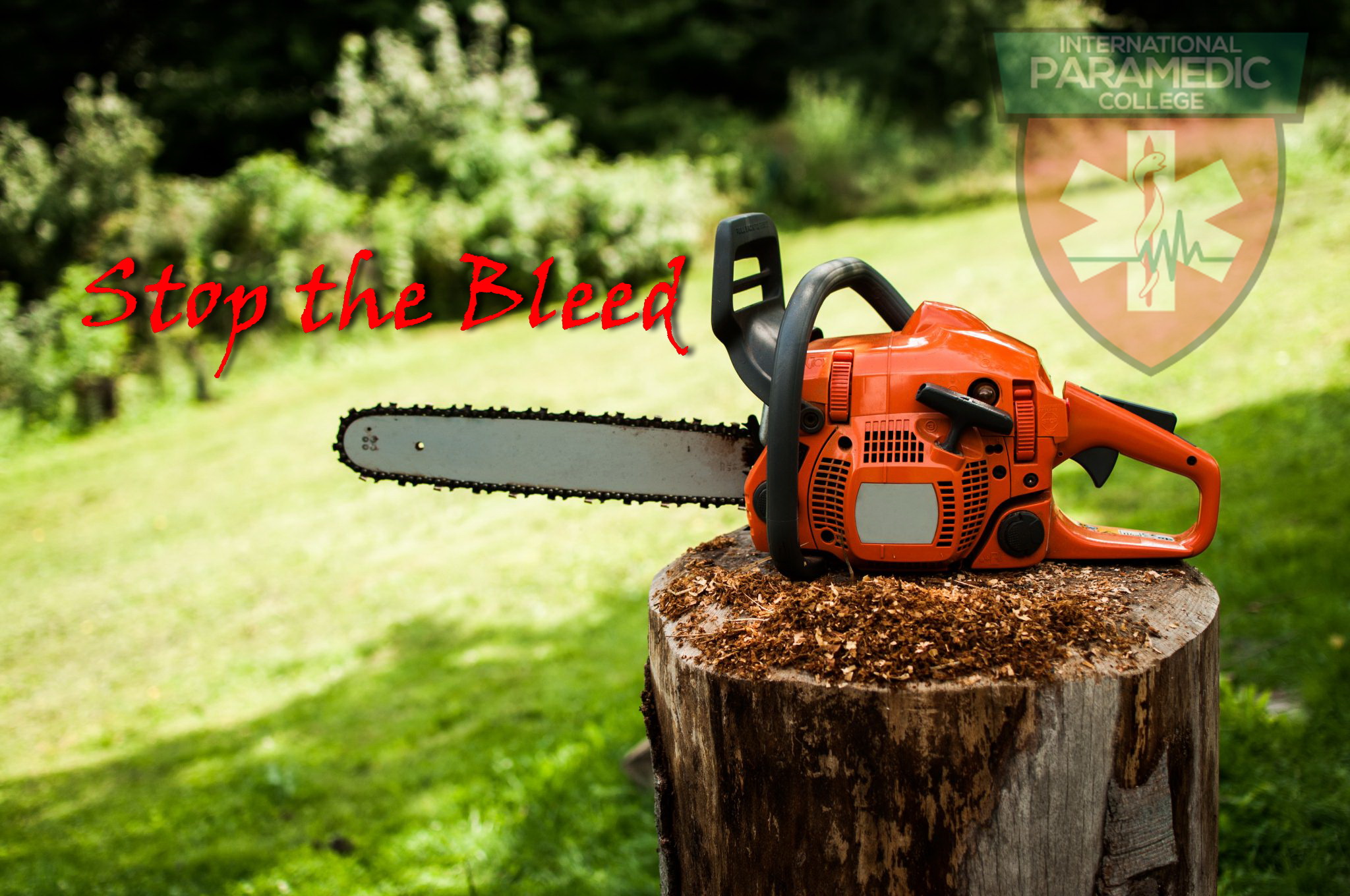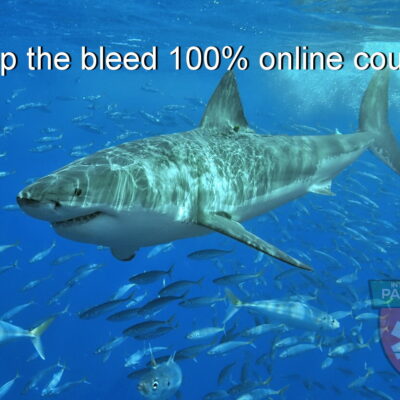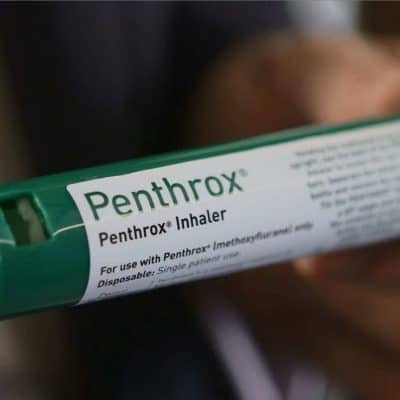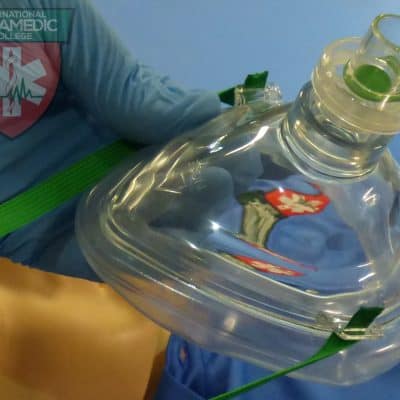Kids Choking management
Back Blows or Blow Backs, the kids of comedy have a series of baby sitting bloopers. This is a bit of fun produced by the kids. Rated KD (kind of Dumb). Subscribe to our Youtube channel at International Paramedic College Youtube Channel
Back blows for choking children
Blow backs, back blows and bloopers as the kids are left in charge of babysitting on their holidays. Baby Annie needs help and the kids try to work it out. Children are different, they are not just smaller adults and can require different emergency responses. Treating children places additional stress on first aiders or paramedics as we feel the added pressure to help a young life, with all of that unrealised potential of their life that is yet to be fully lived. This adds to the pressure we feel emotionally making it difficult for childcare workers or those involved in caring for kids to think clearly in emergency situations involving children. Our “freedom from fear” approach to emergency management helps to make this stress work for you in managing paediatric emergencies.
What to do when your child is choking
The First thing you should do is to be prepared. Come along to one of our Childcare first aid courses (HLTAID004) and learn the tricks of the trade from experienced Intensive Care Paramedics or you could Contact us here organise one of our free courses on “what to do until the ambulance arrives” for your local North Coast of NSW community group.
International Paramedic College can help you with hands on workplace training tailored to your specific needs.
Free online training on the choking child
Choking occurs when an object of fluid blocks the airway. Babies and toddlers exploring their environment often place small items they find in their mouths. The human body often reacts protectively by tightening the airway around the object in an attempt to stop it going deeper into the throat.
What action you take depends on wheather they have an effective or ineffectve cough. You should also remember to call 000 in an emergency and be prepared to start CPR if required.
Learn online now by downloading a Management sheet on choking from the children’s hospital or completing a free online training module on the management of choking in children that they have produced.

Craig Nolan is an educator and manager with overall responsibility for the implementation of the International Paramedic College Group’s training, strategy, initiatives and expansion. Craig is a former Intensive Care Paramedic and Educator with The Ambulance Service of NSW and he is an active Committee member of Paramedics Australasia, the peak body for Paramedics in Australia and New Zealand.











